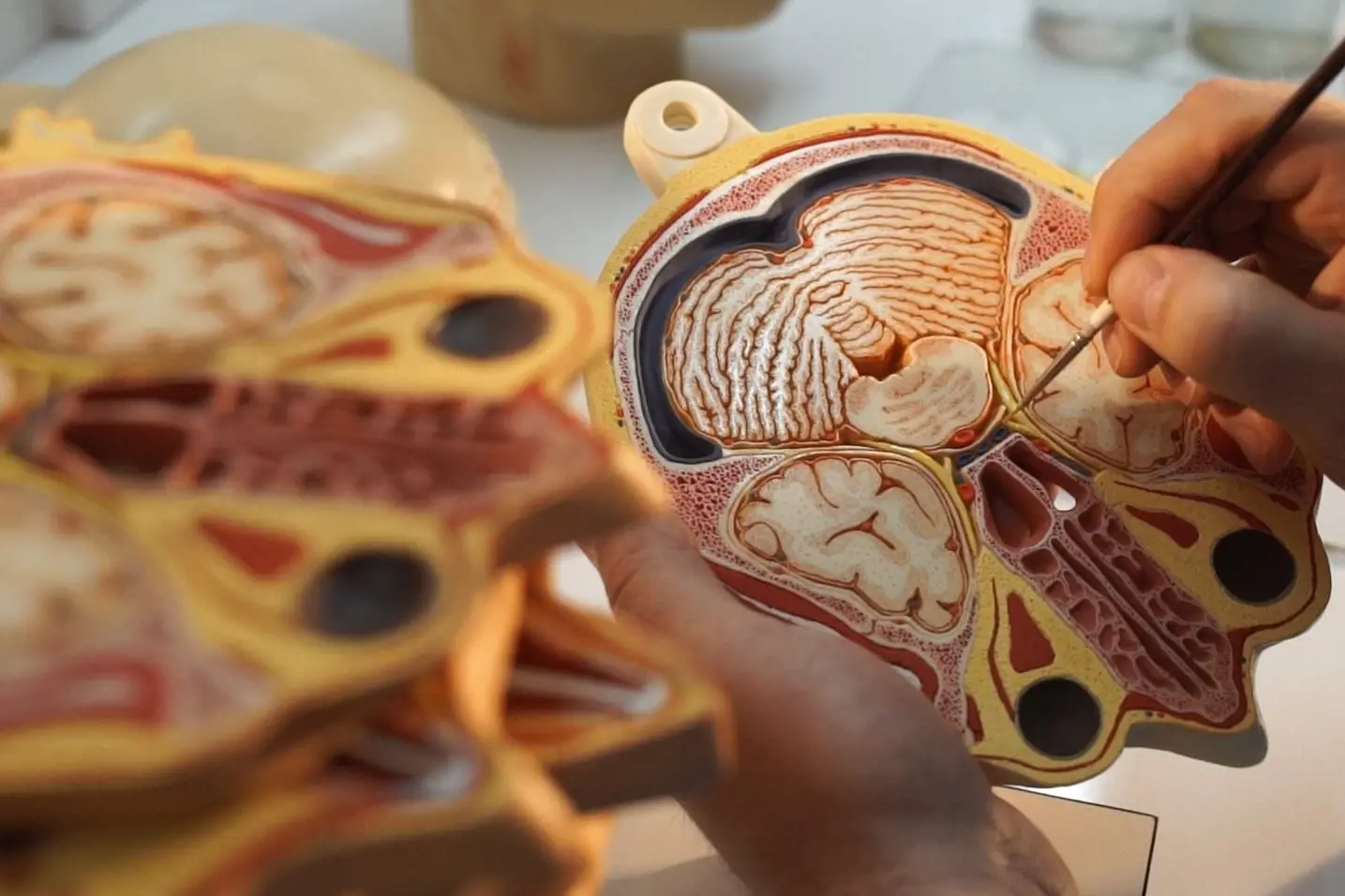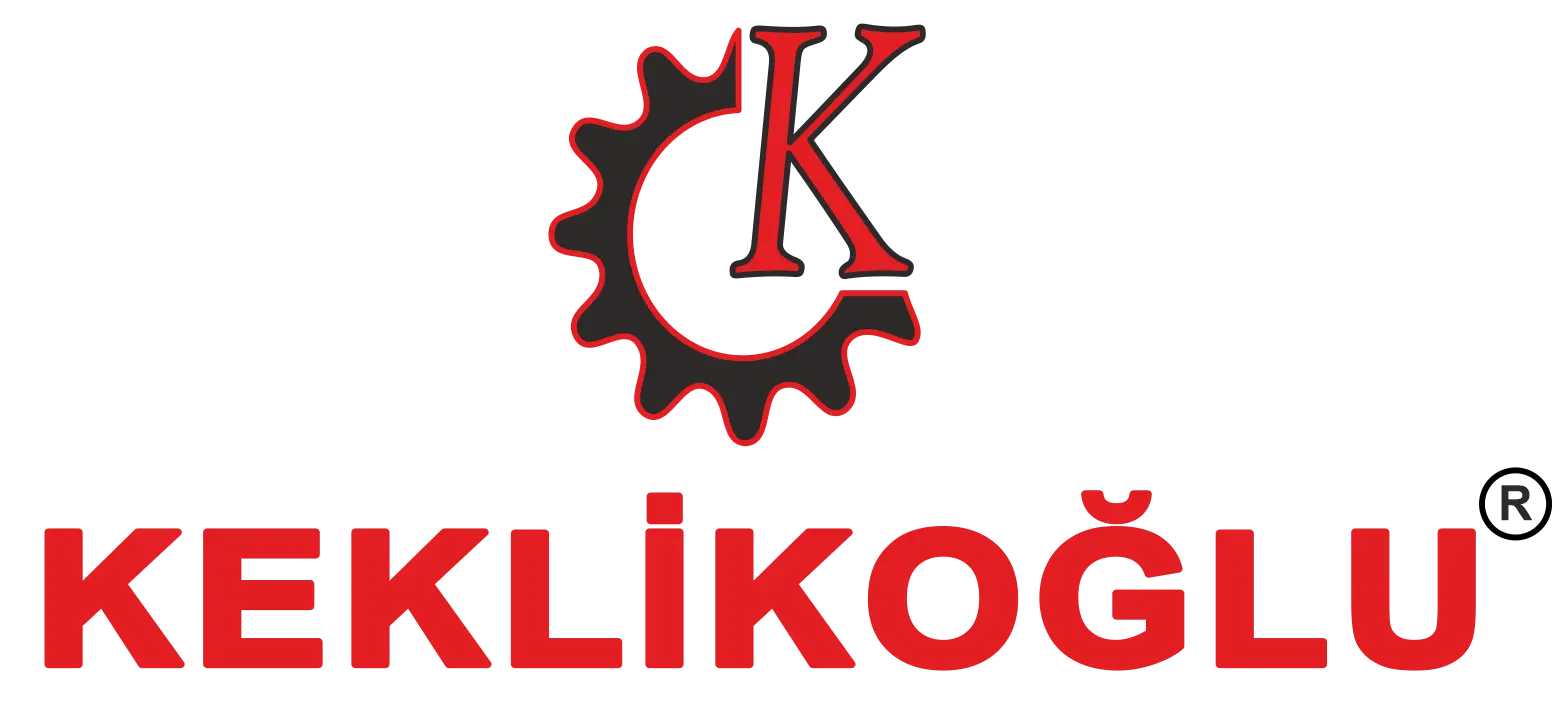ET - EMERGENCY TRAINING MODELS
COMPREHENSIVE ONE-YEAR OLD CHİLD EMERGENCY SKILLS TRAINING MANIKIN
Product code : ET/51B
The comprehensive one-year-old baby emergency skills training manikin is a functional model developed to teach advanced life support (ACLS) training and emergency care management. It can simulate pre-hospital and in-hospital body signals, treatment measurements and examinations of emergency patients. It helps to develop students' skills to diagnose and apply appropriate treatment trough having ready-made scenarios for saving lives.
0,00 ₺
Tax Included
Item Successfully Added to Cart
inTheStock
Dimensions:
Height: 82 cm Width: 29 cm Height: 15 cm Weight: 5.8 kg
Features:
The manikin has all of the functions listed below and is guided and controlled by a tablet or PC with software that controls the manikin. The interface of the software is in can be in Turkish or English and offers great ease of use. The manikin has a tablet with software download and virtual patient monitor.
- CPR training can be done; The manikin provides are many ventilation ways such as mouth to mouth, mouth to nose, balloon valve mask (BVM) to mouth. Airway opening, inflation time, frequency and volume, and compression time, frequency, position, and depth are displayed on the software interface that controls the manikin.Real-time data of the applied artificial respiration and compression rate are automatically presented. After successfully performed CPR, the femoral and brachial pulses return to normal and the manikin begins to breathe.
- Oral and nasal intubation training can be done; If the laryngoscope puts excessive pressure on the teeth, there will be a warning during the intubation. The positions of the cannula are shown in different animations. After successful intubation, a stethoscope can be used to listen to the breathing sound from the manikin. Detecting intubation position by auscultation, jaw locking, pharyngeal edema, laryngospasm, airway obstruction, etc. events can be simulated. PETCO2 can be applied; The position of tracheal can be confirmed and the volume of delivered can be displayed.
- AED usage training can be done; Instructions on how to use the AED device in the software interface are shown with animation. Training can be done using real or simulative AEDs, which must be provided by the user.
- Heart rhythm recognition training can be done; The software interface has recorded questions for students to recognize their heart rhythms, and new questions can be added if desired. The speed of ECG rhythms can be adjusted. ECG rhythms can be shown as continuous flowing waves or block waves.
- Defibrillator usage training: The software interface has shock selections for the defibrillator device. After the shock is applied, the parameters of the manikin return to normal. Training can be performed using a real or simulative defibrillator, which must be provided by the user.
- Injection pump usage training: Simulative injection pump usage and operation procedures are shown with multimedia animation on the software interface. Medicines can be chosen during the operation.
- Transfusion pump usage training: Simulative infusion pump usage and operation procedures are shown with multimedia animation on the software interface. Medicines can be chosen during the operation.
- ACLS training; By entering the ACLS training in the software interface, ready cases can be accessed and new parameters or treatments can be set for the manikin. The functions listed below can be accessed in the ACLS training option;
a.Physical parameter settings
b.Simulative airway management.
c.Auscultation practice (there are dozens of sounds such as normal and abnormal heart, respiratory and bowel sounds.)
d.Cardiac rhythm change.
e.Defibrillation and pacing.
f.ECG data can be viewed on the monitor.
g.Treatment methods training.
h.Reporting.
- Professional emergency case training; ACLS trainings can be carried out on the cases recorded in the system. Vital signs may change according to the treatment methods chosen. There are many emergency heart cases such as VF, pulseless VT, pulseless ECG activity, ventricular asystole, acute coronary syndrome, bradycardia, unstable tachycardia, stable tachycardia, and acute stroke. While editing the case, you can choose many examination or evaluation steps from recorded sounds, ECG rhythms, X-ray images, CT images, Ultrasound images, laboratory results, patient status assessment scales etc. from the library of the software to add to the case (scenario).
- Professional emergency case evaluation; Students can be examined and results can be reported based on the registered cases and the cases created by the trainer in the evaluation mode of the interface. Cross-case operation skip mode is available.
- Realistic spontaneous breathing; Thanks to the internal compressor on the manikin, chest movements can be monitored during breathing, and breathing frequency and depth can be adjusted. Different respiratory modes are available, such as normal breathing, inhalation, Cheyne-Stokes breathing, Kussmaul-Kien breathing, and Biot breathing.
- Pupil evaluation can be done simulatively; Different pupillary conditions such as normal, mydriasis and miosis can be observed.
- Spontaneous brachial and femoral pulses can be measured. Pulses are synchronized with ECG rhythms.
- The patient has moaning, coughing and vomiting sounds.
- Intravenous injection can be applied on the arm. Arm skin and veins can be changed.
- Subcutaneous injection can be applied in the laterofemoral region.
- Blood pressure (BP) measurement training can be done.
- Intramuscular injection can be applied to M. vastus lateralis.
- Thoracic puncture application can be performed.
- For anamnesis applications, the manikin can be voiced from the tablet.
- The manikin can be re-charged.







